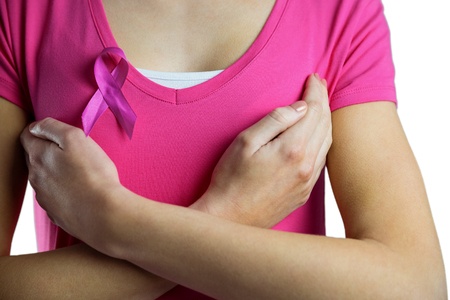
Women’s nipples come in all shapes, sizes and colors. It is important to know your own nipples so that you can identify any problems or changes that require medical attention.
When it comes to nipples, there is a wide variation in normal. The areola – the colored ring surrounding the nipple – ranges in size from smaller than a dime up to nearly 2.5 inches in diameter. Areola size is independent of breast size. Even women with large breasts can have small areolas and visa versa.
The color of women’s areolas varies from light pink to dark brown. Pregnancy and other hormonal changes can cause the areola to darken, and these color changes are often permanent.
In the majority of women, nipples protrude out, but not always. Approximately one-fifth of women have nipples that turn inward, also known as inverted nipples. This condition typically occurs when the ducts that carry milk to the breast are attached to the nipple, preventing it from protruding outward. Inverted nipples are not usually a reason for concern, unless the change is recent. Any new changes in nipple shape or configuration should be reported to your gynecologist right away.
If you have bumps on your areola – you are perfectly normal. These bumps are part of the Montgomery glands that produce a white oily substance to lubricate the breasts. Never pick or squeeze the bumps, since it can lead to infection.
Sometimes women complain of hairs sprouting from the areola. These dark hairs often appear along the edge of the areola. Since plucking can open a pathway for infection, most OBGYNs recommend simply trimming unwanted hairs.
Nipple erection can occur with sexual stimulation, but that isn’t always the case. Cold temperatures, friction from clothing and other factors can cause nipples to harden and stand up. Likewise, it is possible for a woman to be sexually aroused without her nipples becoming erect.
Although most variations in nipples are normal, the following signs and symptoms warrant a trip to your gynecologist:
- Nipple discharge –most nipple discharge is benign and is related to endocrine disorders, fibrocystic changes, breast infection, abscess and other ductal disorders. And some women experience a small amount of discharge when the nipple is manipulated.However, a gynecologist should evaluate any spontaneous nipple discharge. Bloody discharge from only one breast could indicate breast cancer, but is also associated with non-malignant intraductal papilloma
- Redness or crusting of the nipple – could be a sign of Paget’s disease, a rare form of cancer. Report any persistent rough, reddened nipple patches to your OBGYN
- Nipple cracks or bleeding – are usually a sign of breast infection and may require antibiotics
- Nipple mass – there are many reasons why women develop breast or nipple masses including injury, fibrocystic disease, abscess and so on. While treatment may not always be necessary, it is important for your gynecologist to examine any nipple lump to rule out a more serious cause
Every woman should perform a monthly breast self-examination that includes the nipples. This is the best way to get to know your breast and nipples and to understand what is normal for you. If you notice changes in your nipple, talk with your gynecologist. Early treatment equals better outcome of breast cancer and other non-malignant conditions.





